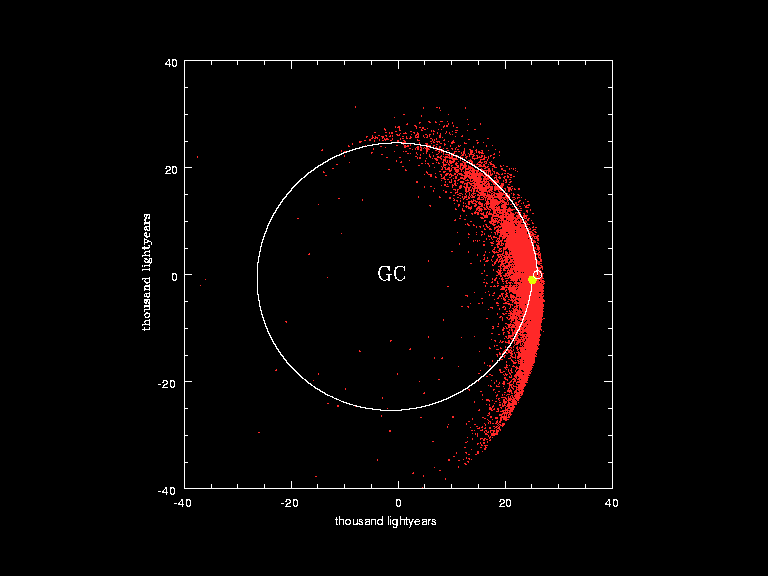This image should give you a good idea of the distances of stars relative to the Sun over the next 80,000 years (and the past 20,000 years).

Image courtesy of Wikipedia user Lambiam under the Creative Commons Attribution-Share Alike 3.0 Unported license.
I've created a modified version below. The nearest star's track in time is in red, and the four blue boxes indicate the five transitions (the second box contains two):
Proxima Centauri remains the nearest star to us for about 25 thousand years, at which point Alpha Centauri passes it. ~7.5 thousand years after that, Ross 248 swings in closer. It then moves away after about 10 thousand years, when Alpha Centauri moves just ahead of it for a short period of time. Gliese 445 becomes the nearest star for about another ~7.5 thousand years, until it wings away and Alpha Centauri again becomes the closest star. 80 thousand years in our future, Ross 128 nudges ahead.
A few interesting things to note are that for most of this time, the nearest star is closer to the Sun than Proxima Centauri is now - indeed, there are times when quite a few stars are closer simultaneously - and that this lasts for some time as a brief spike.
However, this is only a short-term pattern. In the past, many stars have come much closer - even inside the Oort Cloud.
Also, to address the mention of Barnard's Star: It will swing close to us within ~ 10,000 years, but will just as suddenly swing away.
As an aside, a cool animation shows the movement of stars that are near the Sun throughout their past trip around the galaxy.

Animation courtesy of Wikipedia user Henrykus under the Creative Commons Attribution-Share Alike 3.0 Unported license. Data and original information from the European Southern Observatory.
The above animation was the result of 1,000+ nights of observation over 15 years by astronomers working at the ESO. They observed or calculated the ages, velocities, and compositions of 14,000+ F and G stars. They then used the information to create orbital trajectories for these stars.
No comments:
Post a Comment